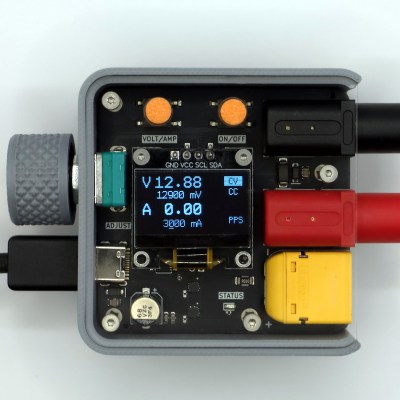The moment everyone has been talking about for years has finally arrived, the European Union’s mandating of USB charging on all portable electronic devices is now in force. While it does not extend beyond Europe, it means that there is a de facto abandonment of proprietary chargers in other territories too. It applies to all mobile phones, tablets, digital cameras, headphones, headsets, game consoles, portable speakers, e-readers, keyboards, mice, portable navigation systems and earbuds, and from early 2026 it will be extended to laptops.
Hackaday readers will probably not need persuading as to the benefits of a unified charger, and truth be told, there will be very few devices that haven’t made the change already. But perhaps there’s something more interesting at work here, for this moment seals the place of USB-C as a DC power connector rather than as a data connector that can also deliver power.
Back in 2016 we lamented the parlous state of low voltage DC power standards, and in the time since then we’ve arrived at a standard involving ubiquitous and commoditised power supplies, cables, and modules which we can use for almost any reasonable power requirement. You can thank the EU for that mobile phone now having the same socket as its competitor, but you can thank the USB Implementers Forum for making DC power much simpler.


















